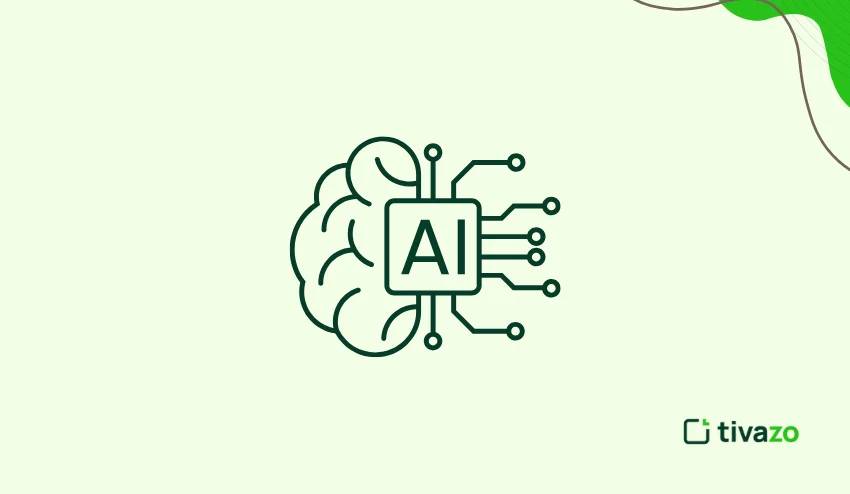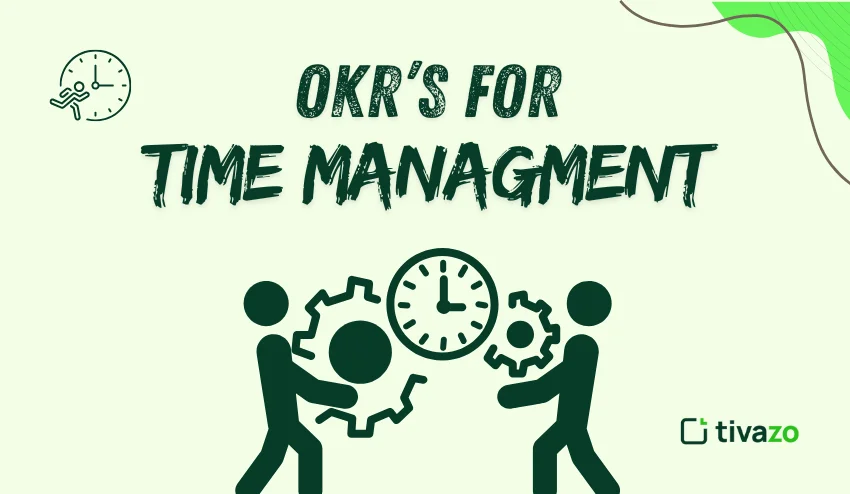In the modern business world, which is very dynamic, time management is no longer a choice; it is a must. AI-powered Time reports that are run by AI are transforming the way organizations monitor, assess, and streamline the performance of their employees. When artificial intelligence is integrated with a powerful time alert, business enterprises are able to have a glimpse of what leads to productivity, transparency, and intelligent decision-making. This paper will discuss 7 effective ways AI-powered time reports are changing how efficiently workforces operate.
What are Time Reports powered by AI?
AI-powered time reports powered by AI are enhanced analytics software that automatically monitor, capture, and process worker time hours through artificial intelligence. Compared to the old manual time tracking, AI reports:
- Gather information on several platforms and tools with ease.
- Determine work behavior patterns and trends.
- Bring practical ideas to the attention of managers and team heads.
- Follow the engagement and the productivity of the employees in real-time.
- Give forward-looking information to facilitate the planning of future workloads.
- Identify areas of high process improvement and efficiency.
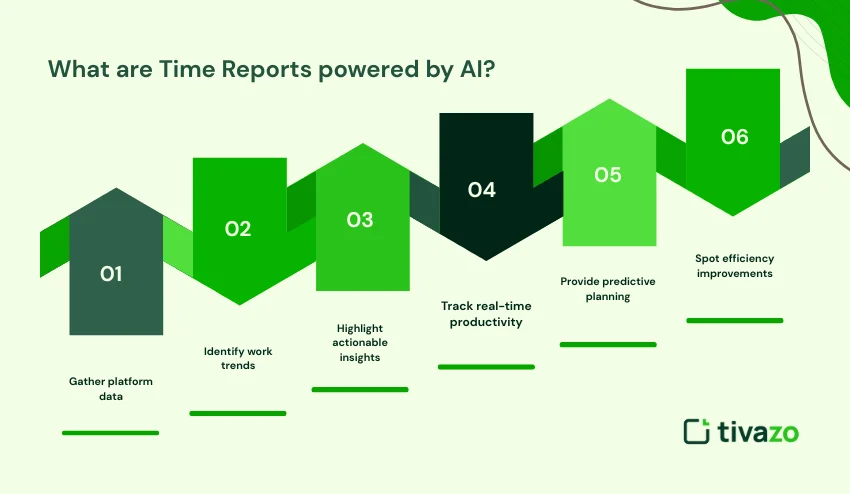
The reports minimize human error, save time on the administrative side, and give a better picture of productivity in teams, allowing managers to make data-driven decisions and optimize workforce performance effectively.
1. Better Precision in Time Tracking
The maintenance of accurate time logs is one of the largest problems in the management of the workforce. AI-powered time reports remove human mistakes, such as check-ins being missed or manual entries that are not correct, by:
- Capturing the start and end times of tasks automatically.
- Following work periods and idle periods.
- Association of abnormalities in the recorded hours.
It integrates effectively with the tools of project management to cross-check the completion of tasks.
This precision brings about correctness in payroll and avoids conflicts, besides giving managers assurance in workforce information. Teams are now able to use accurate time records in making performance reviews, which saves on administrative overhead, and a culture of accountability can be developed.
Table of example: Comparison of accuracy.
| Method | Error rate | Time used in corrections |
| Manual Timesheets | 15% | 5 hrs/week |
| AI-Powered Time Report | 1% | 30 mins/week |
2. Clues in the work patterns of employees
The AI-powered time reports that AI can produce are based on analyzing the behaviors of the employees to create actionable insights, including:.
- Optimal working hours of individuals or groups
- Duration of tasks and bottlenecks
- Context switching frequency and multitasking.
- Overtime trends and underutilization trends.
- Crosstask force trends
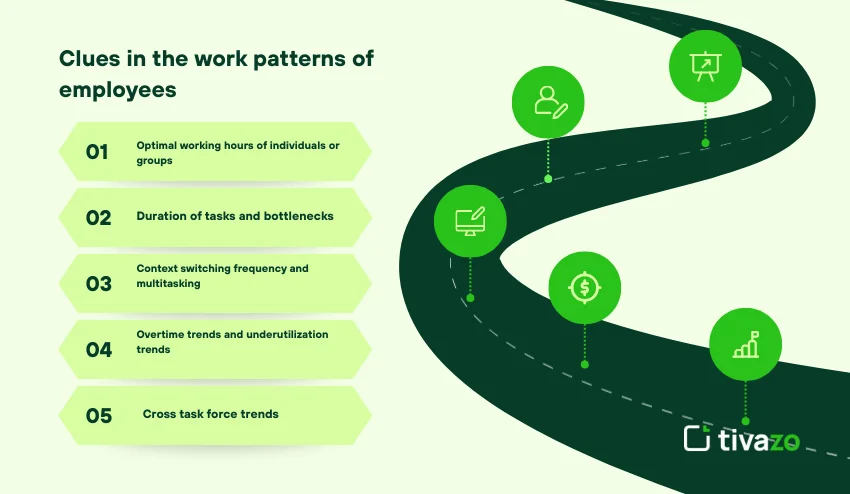
Such insights on AI-powered time reports will help managers redistribute workloads, schedules, and enhance efficiency. Organizational teams have now been able to proactively mitigate the risks of burnout, re-document tasks according to their strengths, and better align the performance of their teams with the company’s objectives.
3. Boosting Team Productivity
AI-based reports are used in assisting teams to work smarter by:
- Prioritizing top priority tasks.
- Determining unnecessary or non-beneficial processes.
- Promoting the improved time allocation.
- Time to task performance and quality.
- Offering efficiency suggestions at the individual level.
Teams are made transparent on how time is utilised, which allows making data-driven enhancements and enhances collaboration. The prioritization of employees is made possible by AI reports, which also eliminate bottlenecks and allow employees to concentrate on high-value work and deliver tangible productivity improvements.
4. Minimizing Manual Reporting Errors
There are errors likely to occur on the manual timesheets, which may interfere with payroll and compliance, as well as the tracking of the workflow. AI-powered time reports:
- Automate time entry.
- Minimize administrative overheads.
- Demand an end to errors in calculation.
- Automatically track labor compliance.
- Check inconsistencies in employee data to review.
Automation guarantees consistency, accuracy, and reliability of data, which allows managers to concentrate on strategy and not on micromanagement. Organizations are able to save huge hours per week and also enhance the accuracy of reporting as well as accountability.
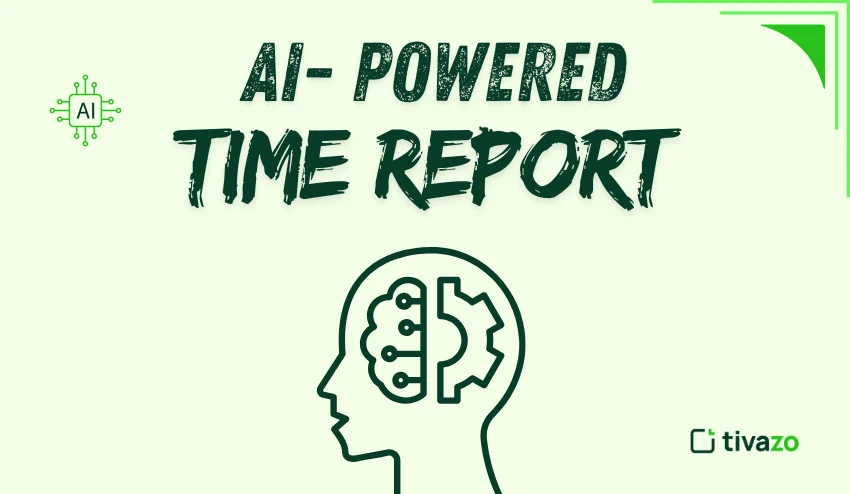
5. Workflow Optimization
AI is not merely the tracking of hours; it is the betterment of the process. Using workflow analysis, AI-powered time reports can:
- Determine the activities that bring about delays or inefficiency.
- Suggest an improved task sequence.
- Major areas to automate processes.
- Monitor task relationships and track the team.
- Maximum output is implied by proposing the reallocation of resources.
The workflow optimization results in an increase in the speed of the project completion and the team’s satisfaction. Teams are in a position to reduce redundancy, enhance cross-functional collaboration, and always have a steady output even at peak workloads.
Sample Table: Workflow Enhancement
| Workflow problem | Artificial Intelligence Idea | Recommended response |
| Delayed task | Repeat task | In the task sequence Adjustment |
| Overworked employee | Task volume is identified as high | Redivide work |
| Manual bottleneck approval | Delays in approvals | AI manual bottleneck approval |
6. The Prudent Business Decision-Making
Using AI perceptions, leaders will be able to take action based on data, including:
- Modification in team size and resources.
- Project Time and Budget Forecasting.
- Determining training or upskilling requirements.
- Monitoring the change in employee performance over time.
- Risk projection of projects using past information.
Real-time analytics will make sure that the decisions that are made are supported by the reality of the workforce, rather than speculation. This increases profitability, optimality of the project, and organizational alignment towards business objectives on AI-powered time reports.
Future-Proof Workforce Management
The next step of workforce management is AI-powered time reports. The companies that implement AI to track time have the benefit of:
- Constant learning based on historical information.
- Projections of the future workload.
- Improved accountability and transparency.
- Determination of training requirements and skills deficiencies.
- Capacity to predict the team capacity of future projects.
- Better remote team monitoring without micromanagement.
With the introduction of hybrid and remote working models in organizations, artificial intelligence reports will be instrumental in ensuring that high productivity and efficiency are maintained. They enable managers to make preventive decisions, to strategically allocate resources, and to keep the teams busy and focused on the business objectives, even in the dynamism of the working environment.
Developing Employee Engagement
Smart AI-powered time reports do not just record time but give recommendations on how to increase their engagement.
- Determine disengaged employees: Examine work trends, task performance, and teamwork trends.
- Distribution of Workload: Relieve stress by redistributing employees’ tasks along with their data.
- Recognize Success: Identify your top performers and provide them with feedback.
- Individualized Development: Provide trainees or development that is individualized.
- Enhance Engagement: Your employees will feel valued by the data-oriented support and recognition.
- Enhance retention: Engaged employees are retained to be more active and likely to remain.
Such a point-wise approach renders the engagement strategies practical and implementable.
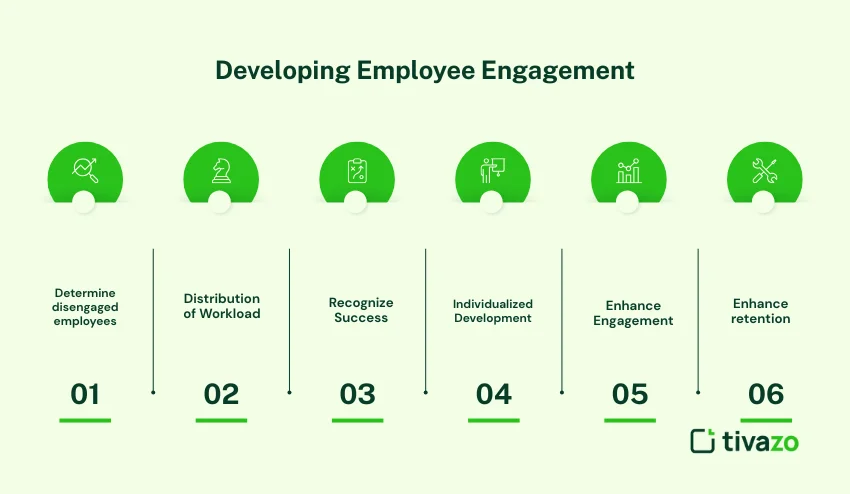
Performance Reviews that are Data-driven
Time reports powered by AI-powered time reports give objective records and turn performance reviews into evidence-based reviews. Managers will be able to monitor such essential indicators as productivity patterns, rates of accomplishing tasks, and time distribution, providing the employees with clear feedback on their strengths and weaknesses. This data-driven method minimizes the level of bias, promotes accountability, and aids in ongoing professional growth. Actionable insights are helpful to the employees so that they can maximize efficiency and work on high-impact activities. With time, AI-powered time reports develop a culture of transparency, in which the performance discussion would be constructive, measurable, and equitable. This will eventually result in increased work satisfaction and an overall better organizational performance.
Productivity Tracking In Real-Time
Time reports work with AI-powered time reports can enable managers to assess productivity in a real-time manner:
- Live dashboards: Monitor tasks and working hours in real-time.
- Notifications: Get notified when there is a risk of deadline and when tasks are postponed.
- Measure efficiency: Measure planned time versus actual time on activities.
- Reward the best performers: Reward employees who have been outstanding performers.
- Examine remote teams: Be visible without being so micromanaging.
- Minimise times of downtime: Redeploy workers to where they are likely to be most effective.
- Optimize hiring processes: Data can be used to rationalize new employees or temporary agreements.
Real-time monitoring is useful in keeping the teams in check and the managers to make instant changes to ensure achievement of the objectives.
Workforce Planning Predictive Analytics
- AI reports: will be able to predict the future workloads and the staffing requirements:
- Project resource requirements: Expect the number of employees required in upcoming projects.
- Make predictions: Predict deadlines and use historical records to estimate the time it will take to accomplish a task.
- Arrange during peak times: Determine the periods of peak days and be ready.
Conclusion
Combining workforce management with AI-powered time reporting is a product that has shifted the management of time into the realm of artificial intelligence and advanced time tracking. They make things more accurate, reduce manual errors, and provide useful insights into employees’ productivity, engagement, and work habits. The teams enjoy streamlined workflows, data-driven decision-making, real-time monitoring, and forecasting-based analytics to plan the workforce. Included with project management, payroll, and HR tools, these reports are priceless to a hybrid and remote team. AI-powered time reports can assist the business in increasing its efficiency, productivity, and make its workforce management strategy future-proof by providing transparency, accountability, and actionable recommendations.
